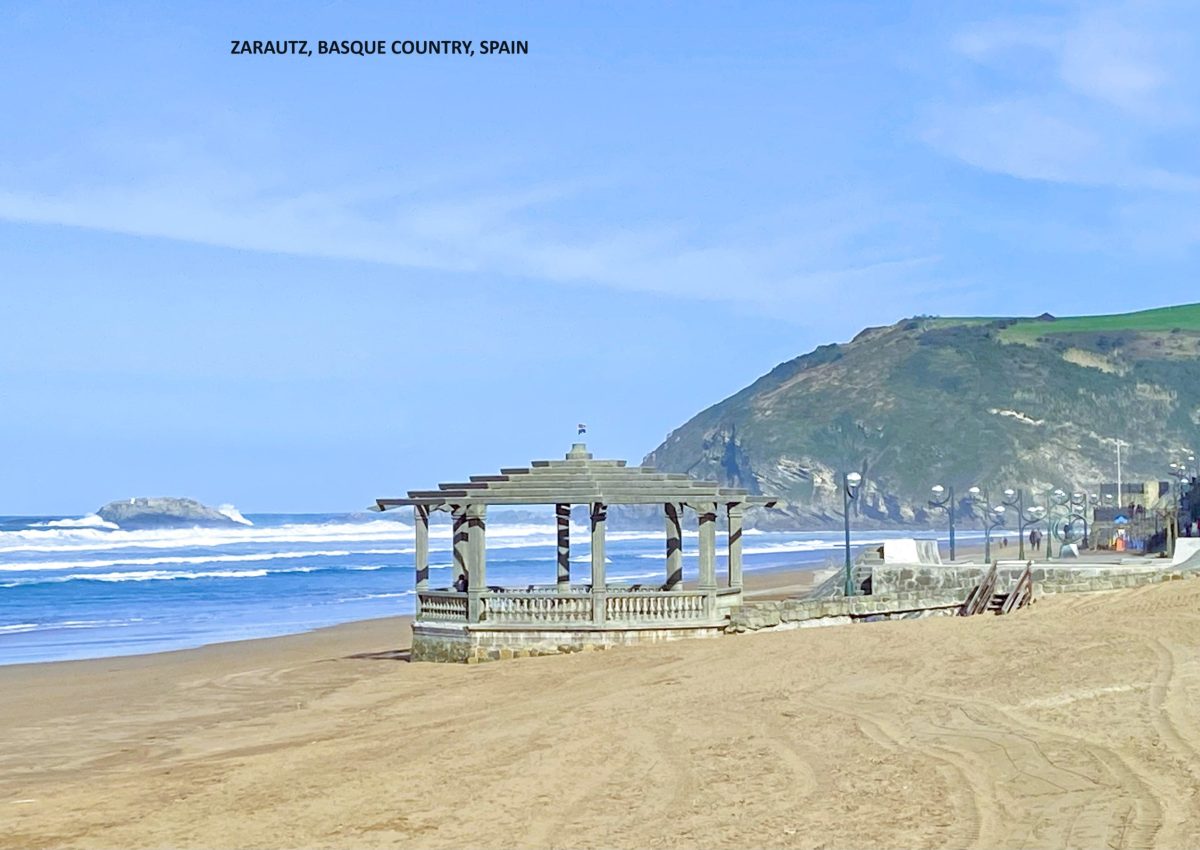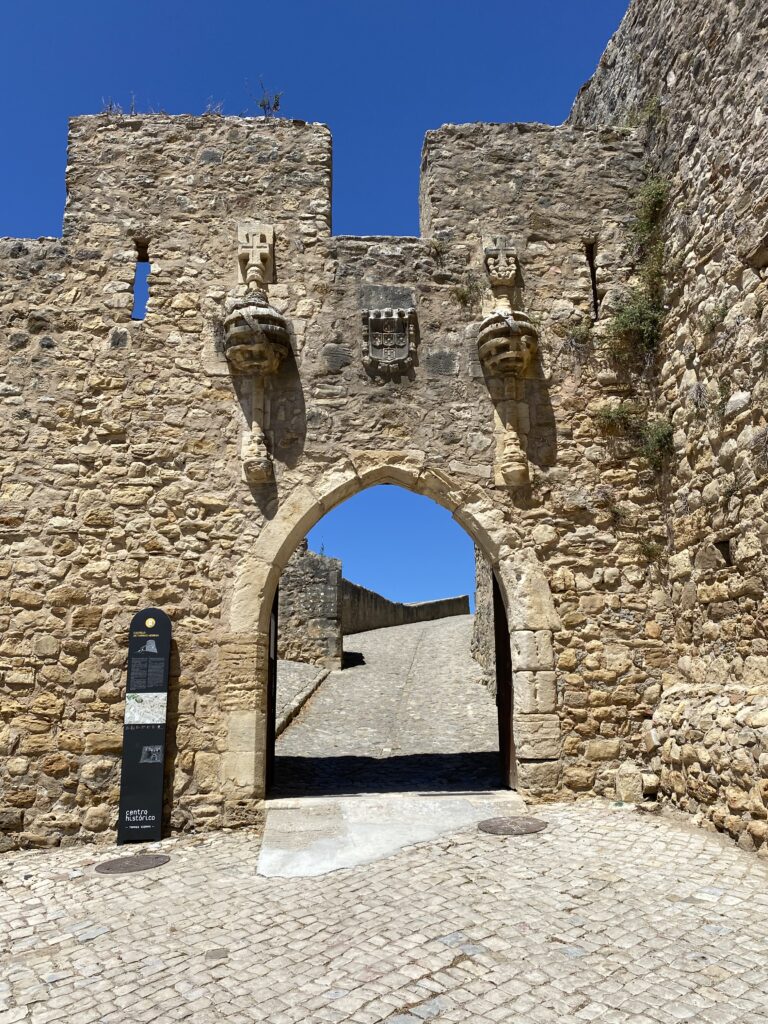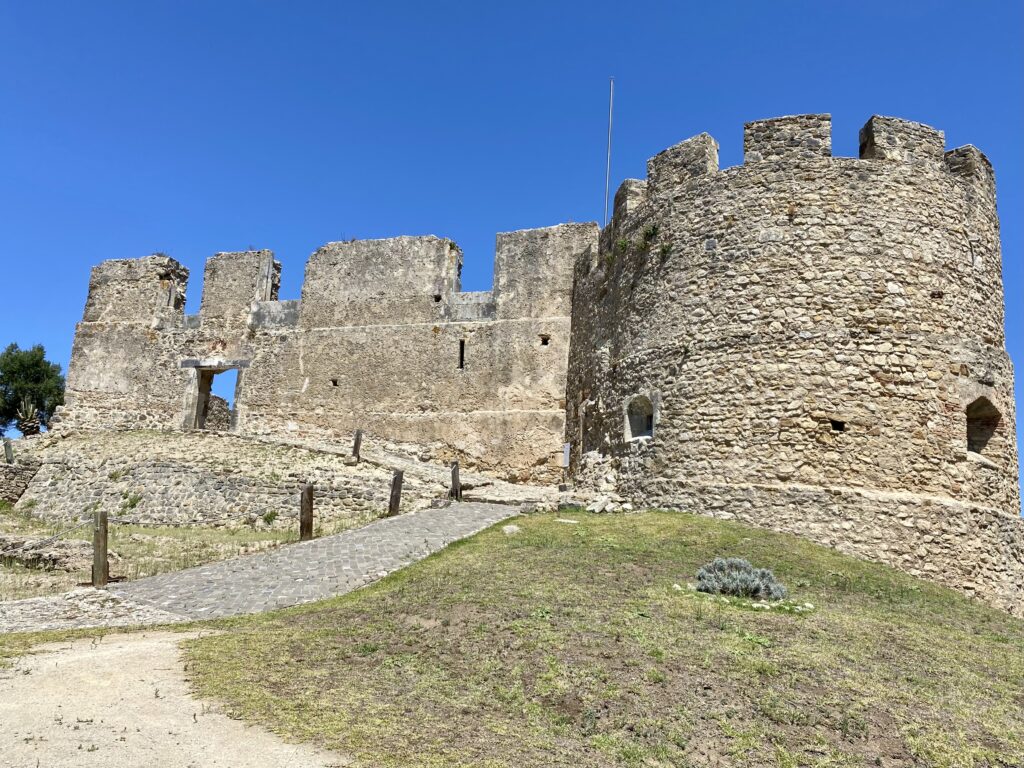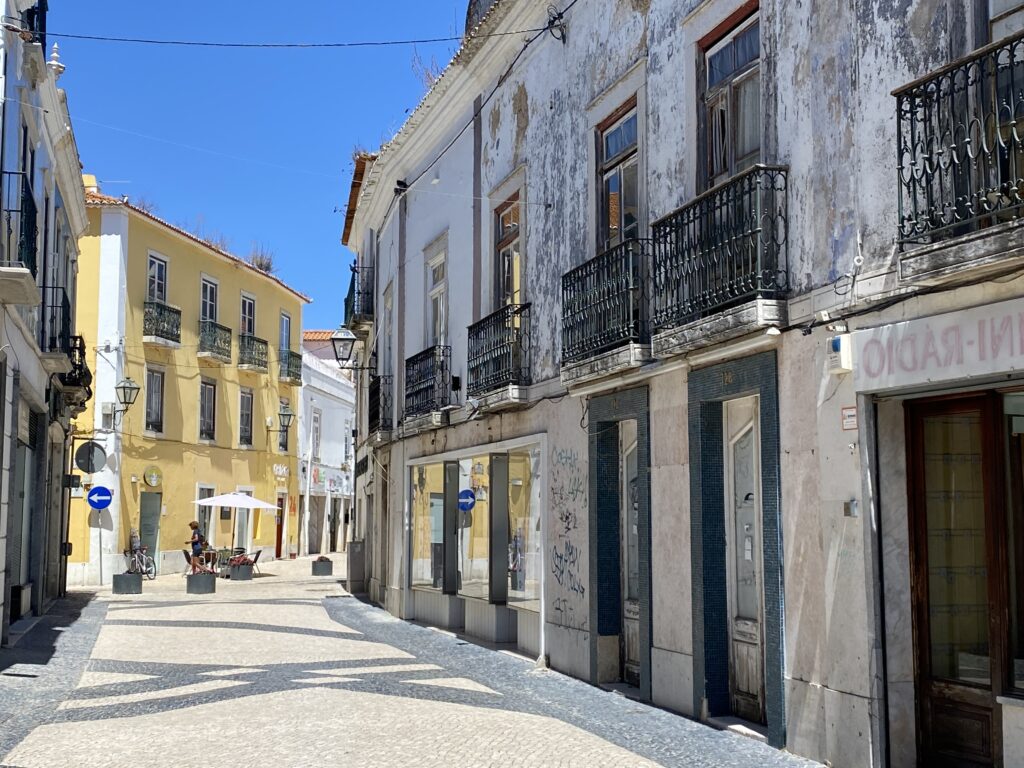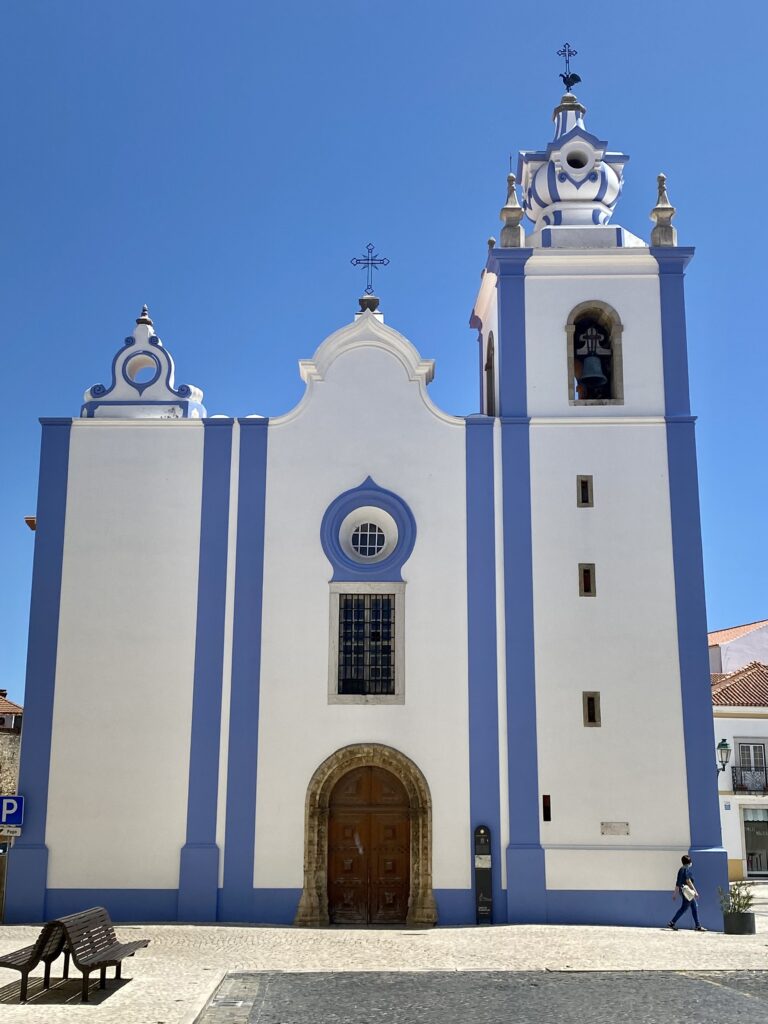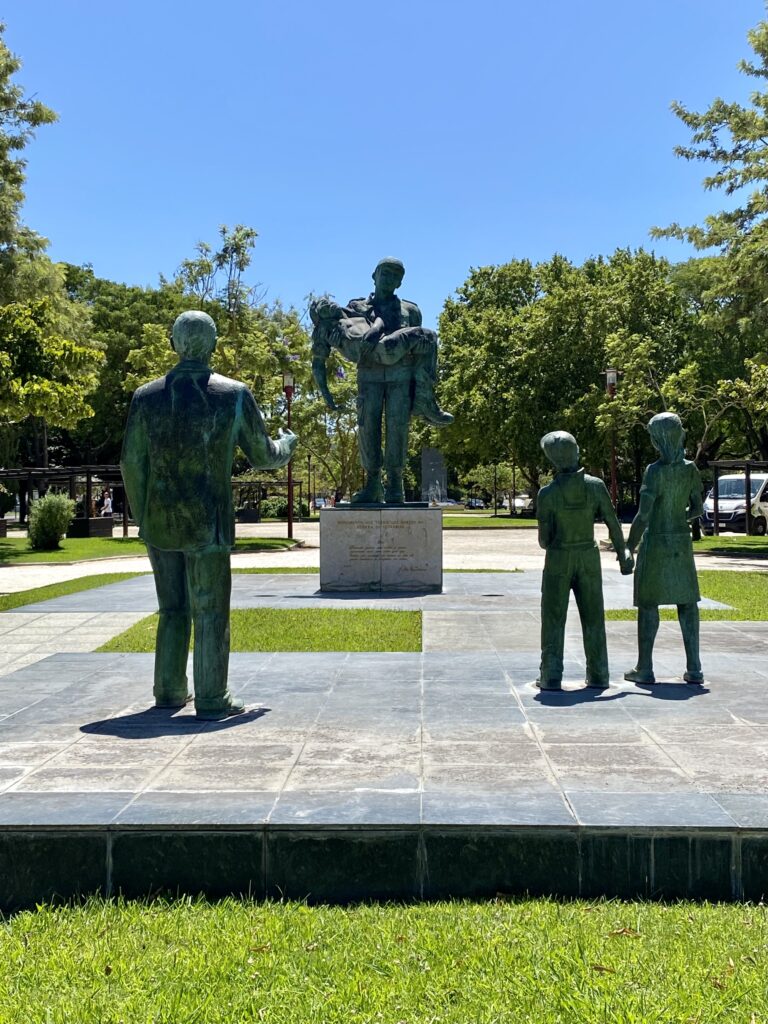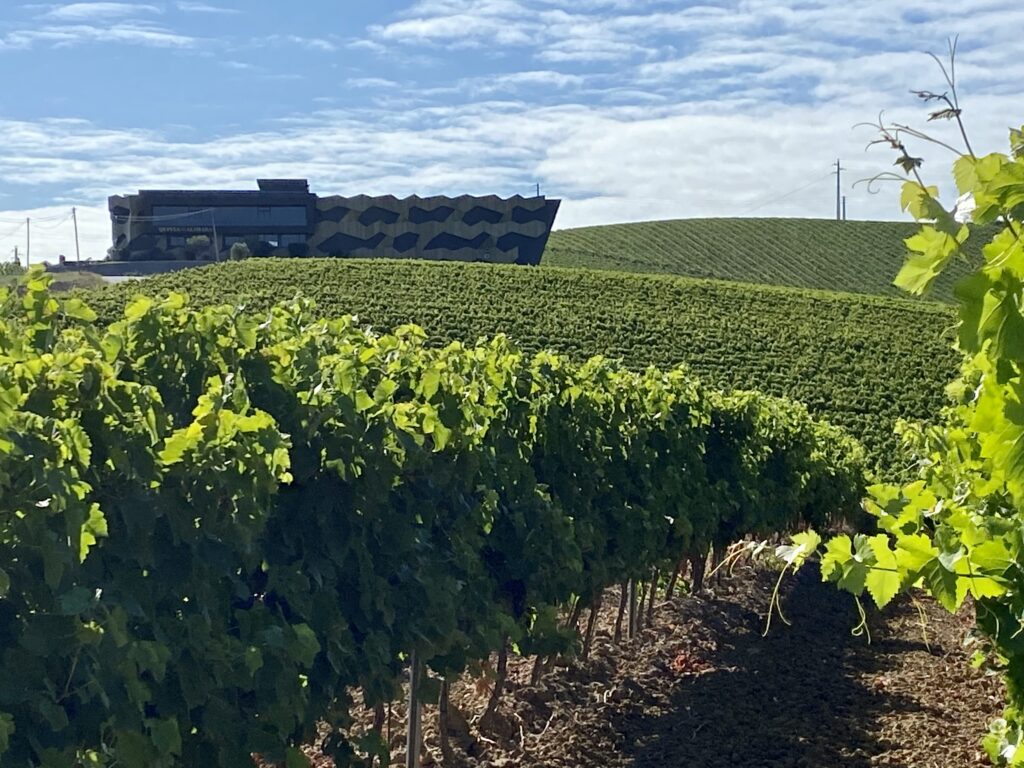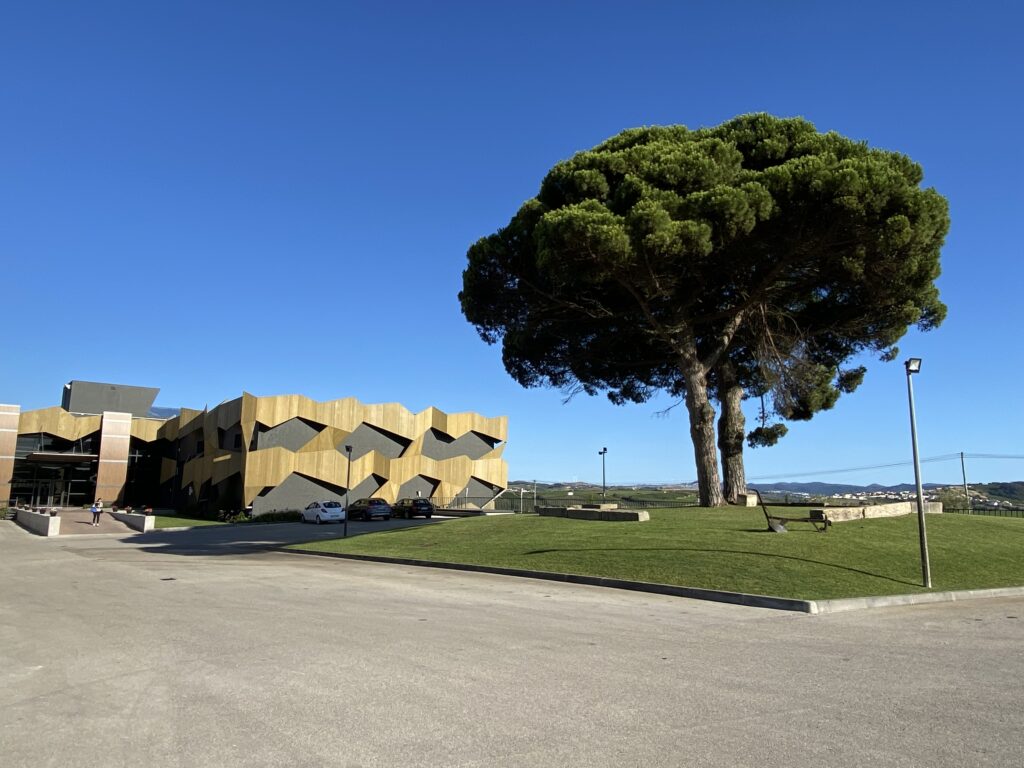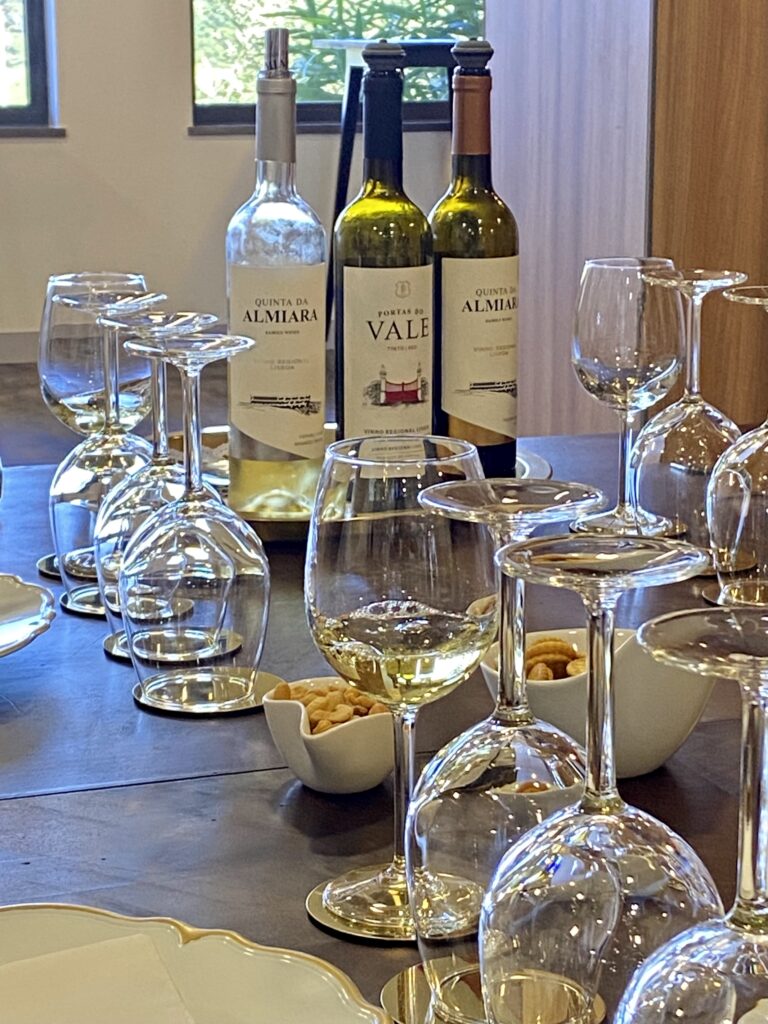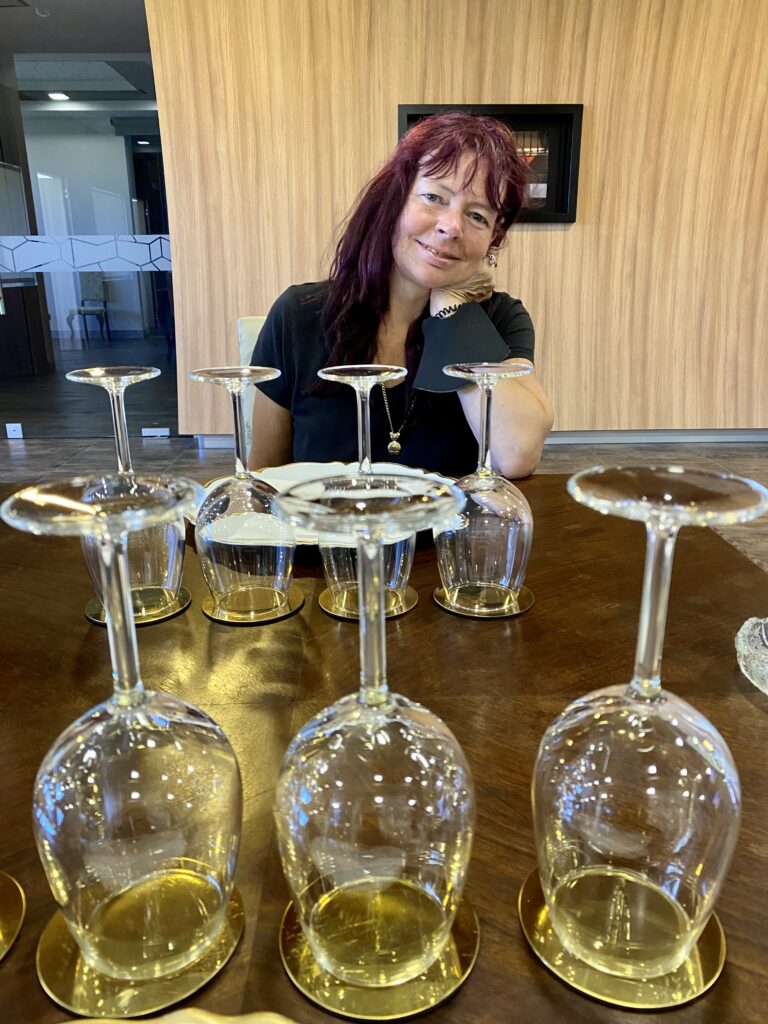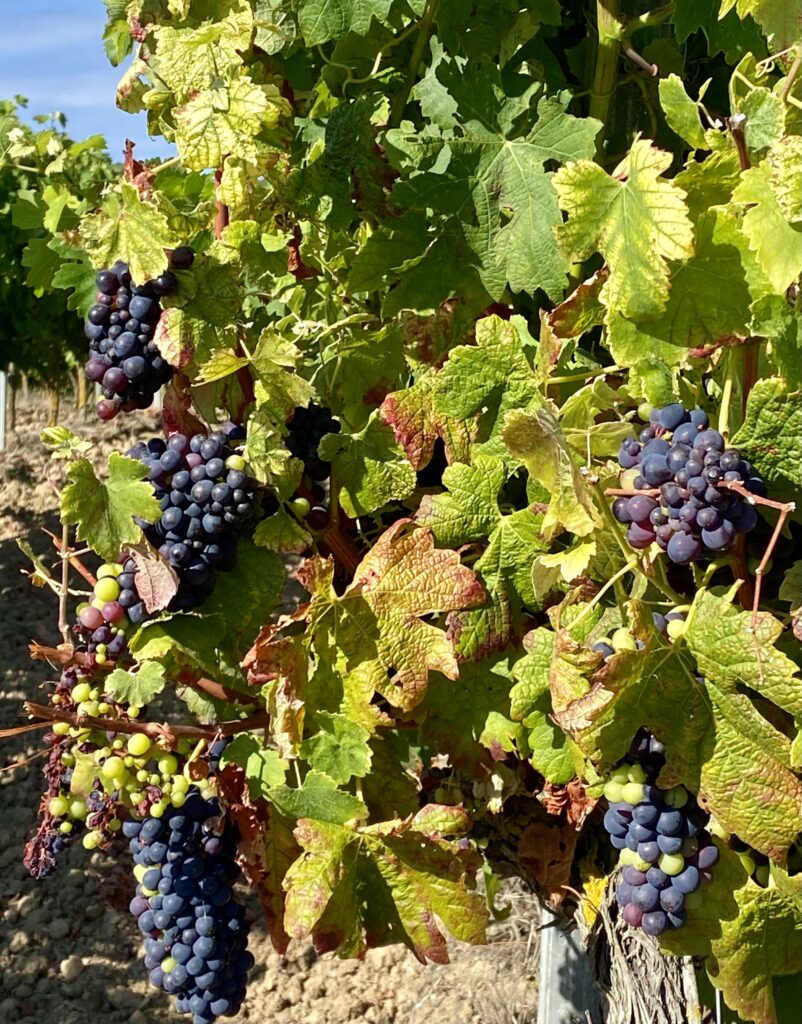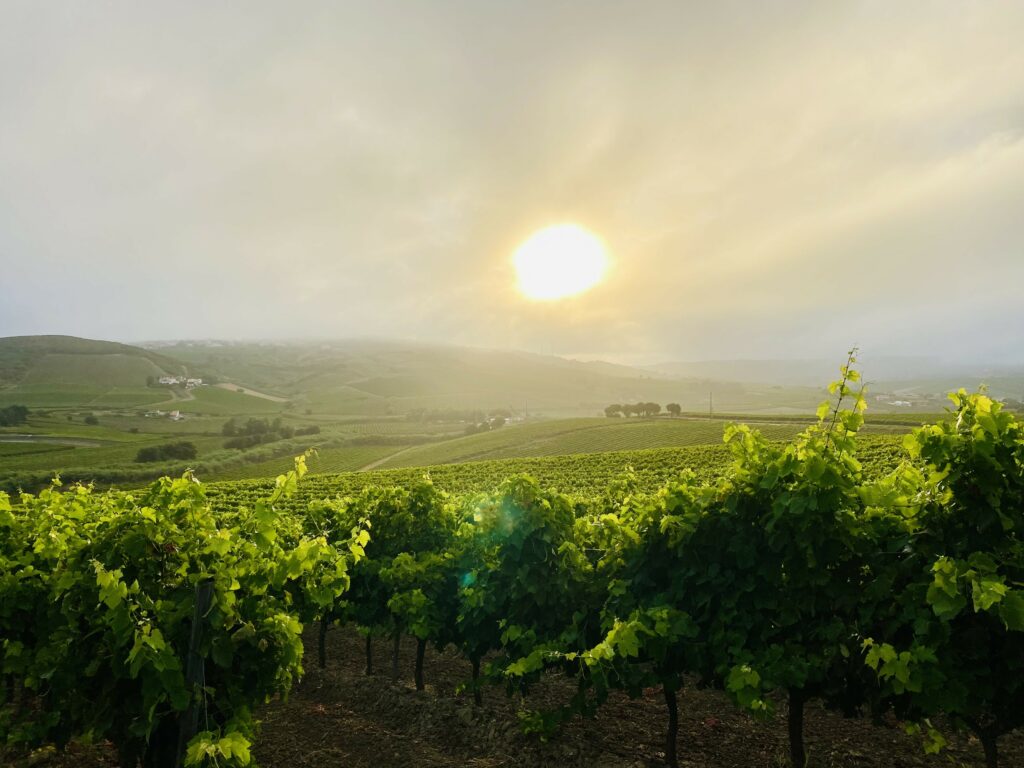Vanya discovered something called Portugal Easycamp – an organisation not unlike France Passion but with the aim of showcasing Portuguese products and crafts through motorhome stopovers. She wanted to visit one Easycamp place, the Quinta da Almiara Vineyard (just outside of Torres Vedras) and that, for me, was an absolute no brainer – a private wine tour and tasting session followed by free parking in the vineyard at a site near one of the Duke of Wellington’s first headquarters during the Peninsula War. That ticks a lot of boxes. Vanya booked us in and arranged for us to start with a wine tasting session at 4pm the next day.
Torres Vedras is an unassuming town some 40 kilometres north of Lisbon. It came to prominence in the early years of the Peninsula War when the Duke of Wellington had a huge network of defences constructed in the area so as to protect Lisbon from the invading French Napoleonic army under Marshall Andre Massena. The Torres Vedras Lines (there were actually three lines of defences) stretched a total 100 kilometres and included 152 fortresses. What was particularly impressive about this feat of engineering was that it was all completed within a year and it was kept totally secret from the French. Massena reached the line(s) with 65,000 troops and was so shocked by the scale of the defences that he immediately retreated back into Spain. There’s not a great deal left of the Torres Vedras lines now but the largest of the forts, Forte de Sao Vicente, which could house 4,000 men and 39 cannon is to be found just outside of Torres Vedras. For the real Peninsula War buff, there is also the Grande Rota das Linhas de Torres Vedras, a walking trail which follows the old network of defences.
Overlooking the town are the ruins of another much older military installation, the 13th century Torres Vedras castle which was built on the site of an even earlier Moorish Castle. The Torres Vedras castle was almost totally destroyed in the 1755 earthquake but some significant reconstruction in 1809 saw it become Redoubt No 27 of the Torres Vedras Line and it was occupied by 500 men and 13 pieces of artillery under the command of Colonel Edmund Mulcaster.
It is a fairly short walk down from the castle and through the medieval lanes of Torres Vedras old town to the main square, Praca de 25 Abril. Walking through the town, a number of interesting churches are to be seen. The first is the pretty little Church of Santa Maria de Costelo which sits within the castle grounds and was built in 1148 on the instructions of Alfonso I immediately after he evicted the Moors from the area. The second is the Igreja de Sao Tiago (a simple but very attractive design on the outside but in need of work on the inside ) and the third is the Igreja de Sao Pedro which needs tidying up on the outside but has a beautifully tiled interior.
The Praca de 25 Abril is a pleasant area to sit and escape the hot midday sun. There’s an obelisk in the centre of the square commemorating the Peninsula War and on the south side of the square is the 16th century Convento de Graca (now a museum) and it’s church, the Igreca da Graca. There was an older convent on this site but it was destroyed in a flood.
Four 4 pm came soon enough and we had a very informative and enjoyable tour of the family owned Quinta da Almiara. We tried 4 wines and without a doubt my favourite was the Touriga Nacional red. I bought a 3 litre flagon (it cost just over 10 euros – that’s for nothing) and it went very quickly. No surprise that Vanya favoured the white wines.
I read that in the past this area of Portugal has been renowned more for the quantity of wine it produces than the quality and that the white wines are generally low in alcohol. If the wine we drank is anything to go by, I would say that Quinta da Almiara is bucking both trends. The Quinta retain and bottle just 1% of the 4 million litres they produce every year. The rest is sold on. The wines we came away with are 100% Quinta da Almiara and the red is 14% and the white is 13%. Both taste fine.
Jose Constantino bought the vineyards as a going concern in 1980 but has since totally remodelled it and expanded it to 180 hectares. All 4 million litres of the wine they produce is made with home grown grapes and there are now three generations of the family working in the business. Good luck to them.
We stayed in the Van on the estate and awoke after a quiet night’s sleep to the most beautiful sunset…

